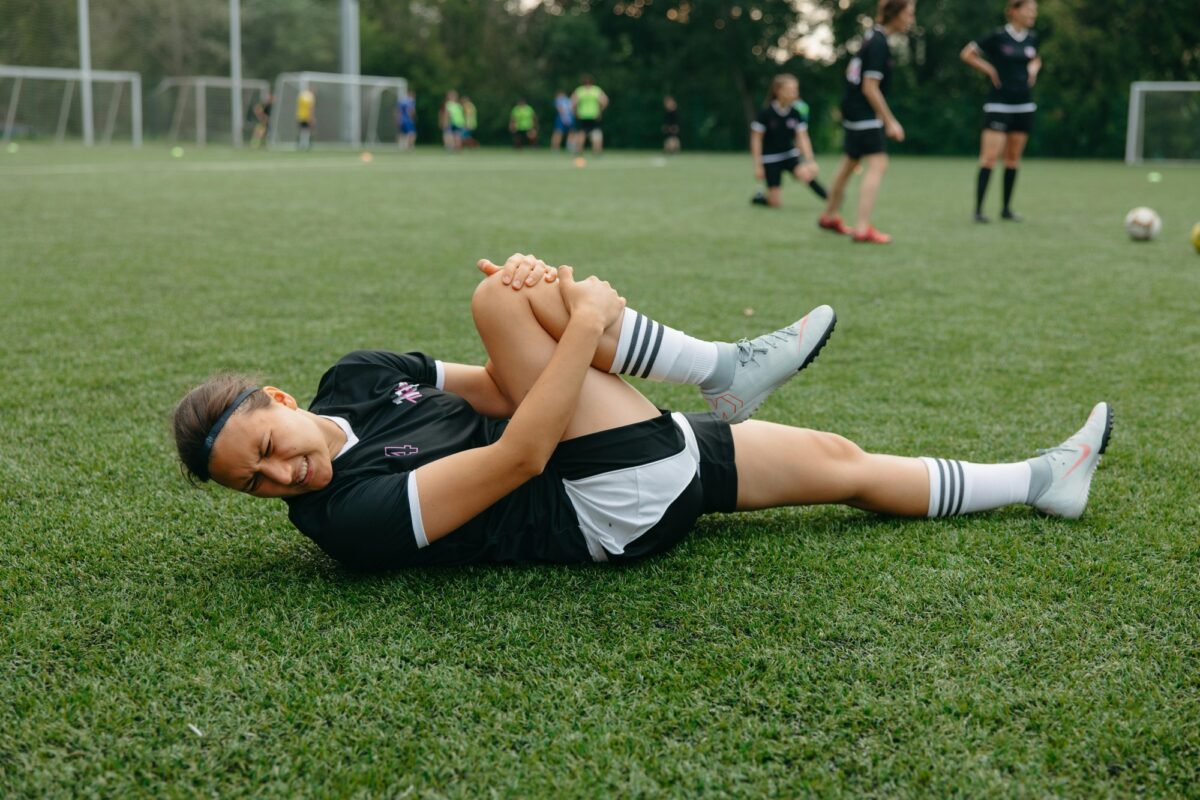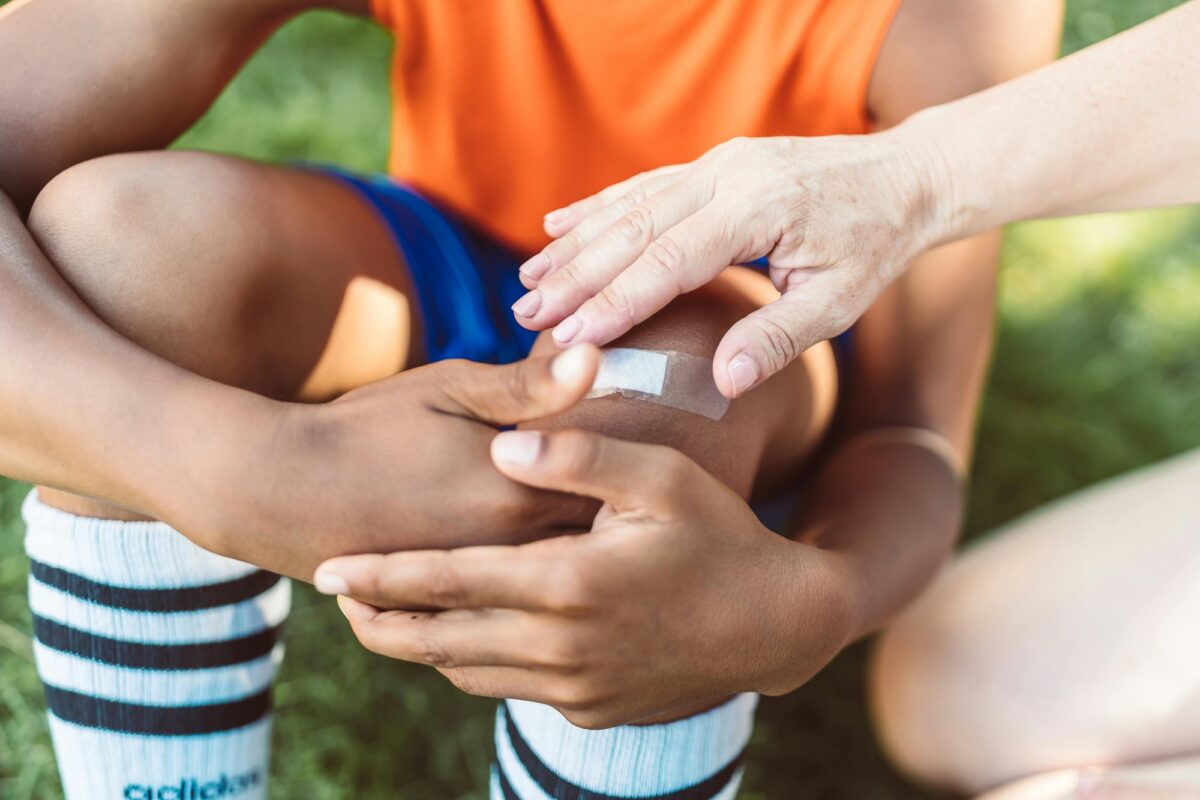Common Soccer Injuries: How to Diagnose, Treat, and Prevent Them

Soccer is one of the most popular sports in the world, celebrated for its fast pace, teamwork, and fitness benefits. But like any sport, it comes with a risk of injury. Whether you’re a weekend warrior, a competitive athlete, or the parent of a young soccer star, it’s important to understand common soccer injuries, how to recognize them, and what you can do to treat—and more importantly, prevent—them.

1. Ankle Sprains
Diagnosis:
Ankle sprains occur when the ligaments supporting the ankle are stretched or torn, usually due to sudden twisting or landing awkwardly. Symptoms include pain, swelling, bruising, and difficulty walking.
Treatment:
• Rest, Ice, Compression, Elevation (RICE)
• Anti-inflammatory medications
• Physical therapy for strength and balance
• Severe cases may require immobilization or a brace
Prevention:
• Proper warm-up and stretching
• Strengthening ankle and calf muscles
• Supportive footwear or ankle braces during play
2. ACL Tears
Diagnosis:
The anterior cruciate ligament (ACL) can tear during sudden stops, pivots, or changes in direction. Athletes often report a “pop” followed by knee instability, swelling, and pain.
Treatment:
• Rest and bracing for partial tears
• Surgical reconstruction for complete tears
• Physical therapy for recovery and return-to-play preparation
Prevention:
• Strength training for quads, hamstrings, and glutes
• Agility and jump training to improve form and control
• Neuromuscular training programs
3. Hamstring Strains
Diagnosis:
A hamstring strain is a stretch or tear in the muscles at the back of the thigh. Symptoms include sudden sharp pain during sprinting or kicking, tenderness, and stiffness.
Treatment:
• RICE protocol
• Gradual stretching and strengthening
• Physical therapy
Prevention:
• Consistent warm-ups and dynamic stretches
• Eccentric hamstring exercises
• Avoiding overtraining and fatigue
4. Shin Splints (Medial Tibial Stress Syndrome)
Diagnosis:
Shin splints cause aching or sharp pain along the front or inside of the shin, often due to overuse or poor footwear. It’s common during periods of increased training intensity.
Treatment:
• Activity modification and rest
• Ice and anti-inflammatory medications
• Shoe evaluation and orthotics if needed
Prevention:
• Gradual training progression
• Proper footwear and playing surfaces
• Strengthening lower leg muscles

5. Concussions
Diagnosis:
Concussions may result from head-to-head collisions, falls, or being hit by the ball. Symptoms include headache, dizziness, nausea, confusion, or memory issues.
Treatment:
• Immediate removal from play
• Medical evaluation and cognitive rest
• Gradual return-to-play protocol under medical supervision
Prevention:
• Education on safe play techniques
• Proper heading technique and neck strengthening
• Enforcing concussion protocols in youth leagues

Key Takeaway: Prevention Is Powerful
Most soccer injuries are preventable with a thoughtful approach to training, proper technique, and body maintenance. Regular strength training, dynamic warm-ups, adequate rest, and recovery time can drastically reduce injury risk.
At Hart Orthopedics, we specialize in diagnosing and treating sports injuries with personalized care. Whether you’re recovering from an injury or looking to stay in top form, we’re here to keep you—and your goals—moving forward.
Need help with a sports injury?
